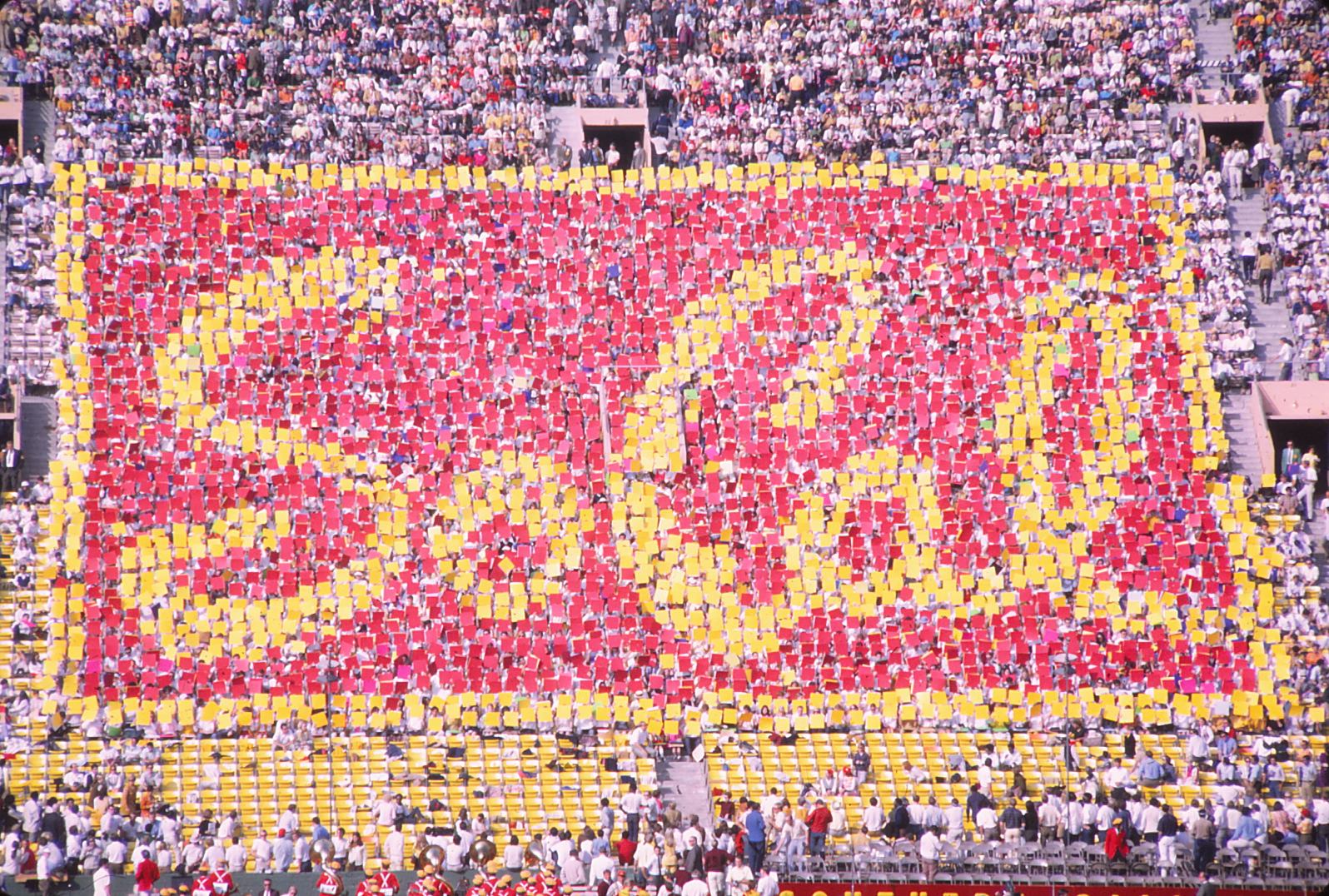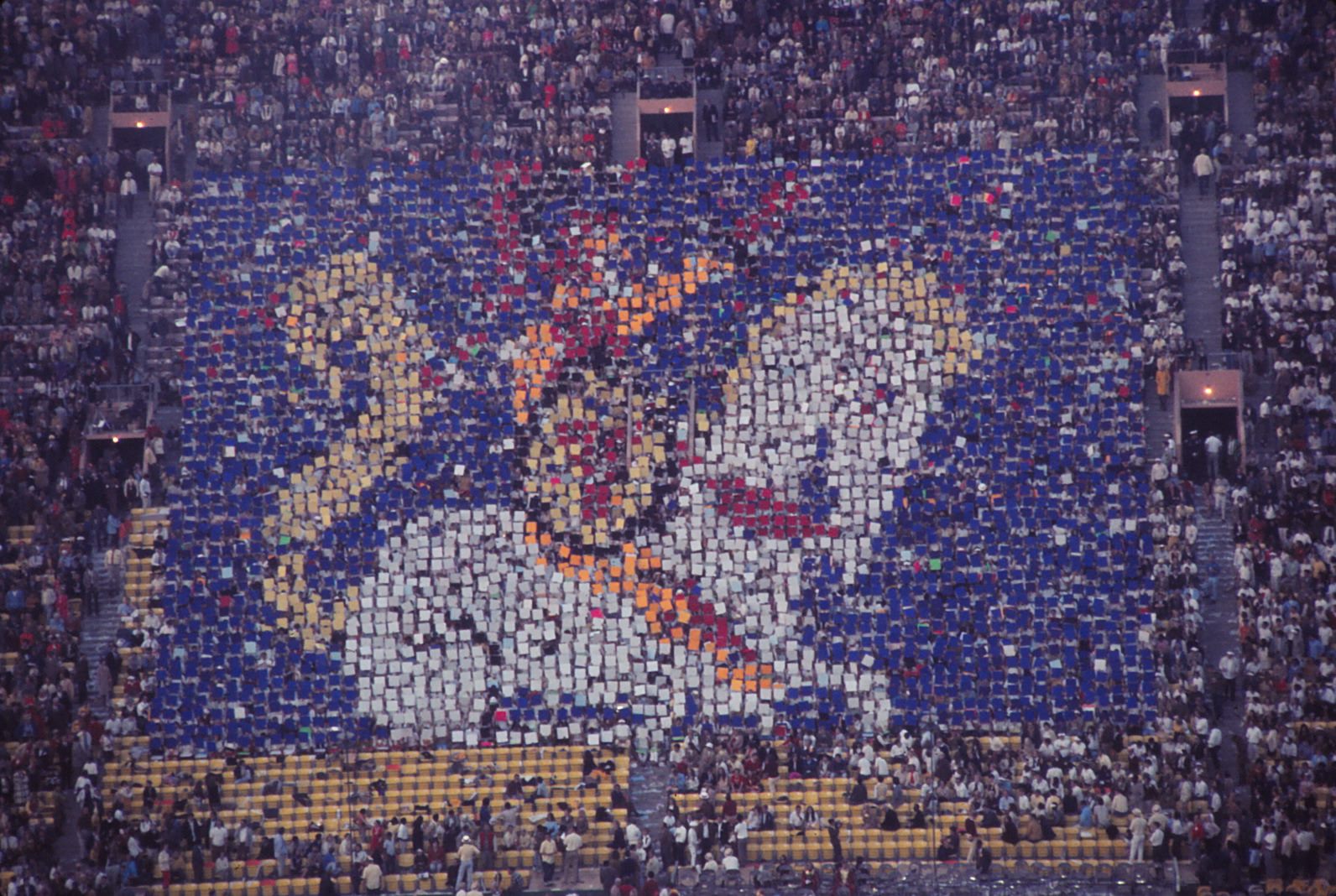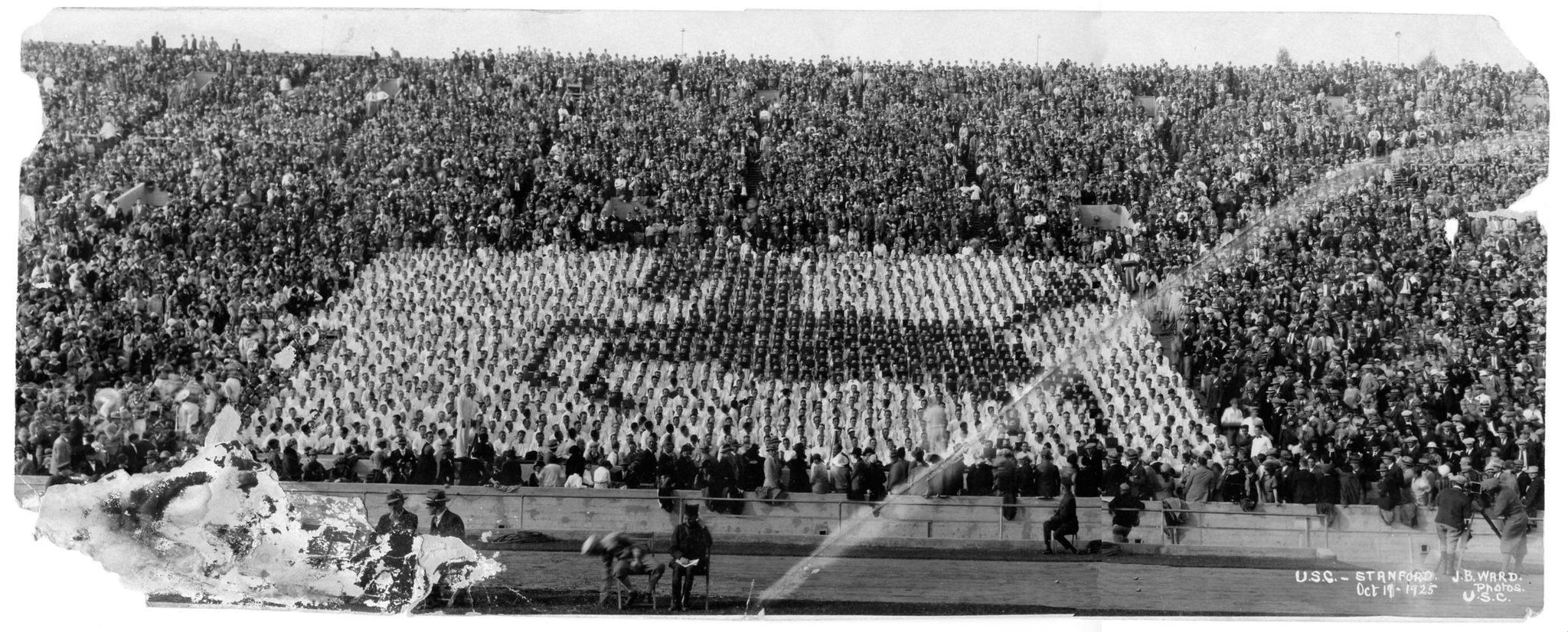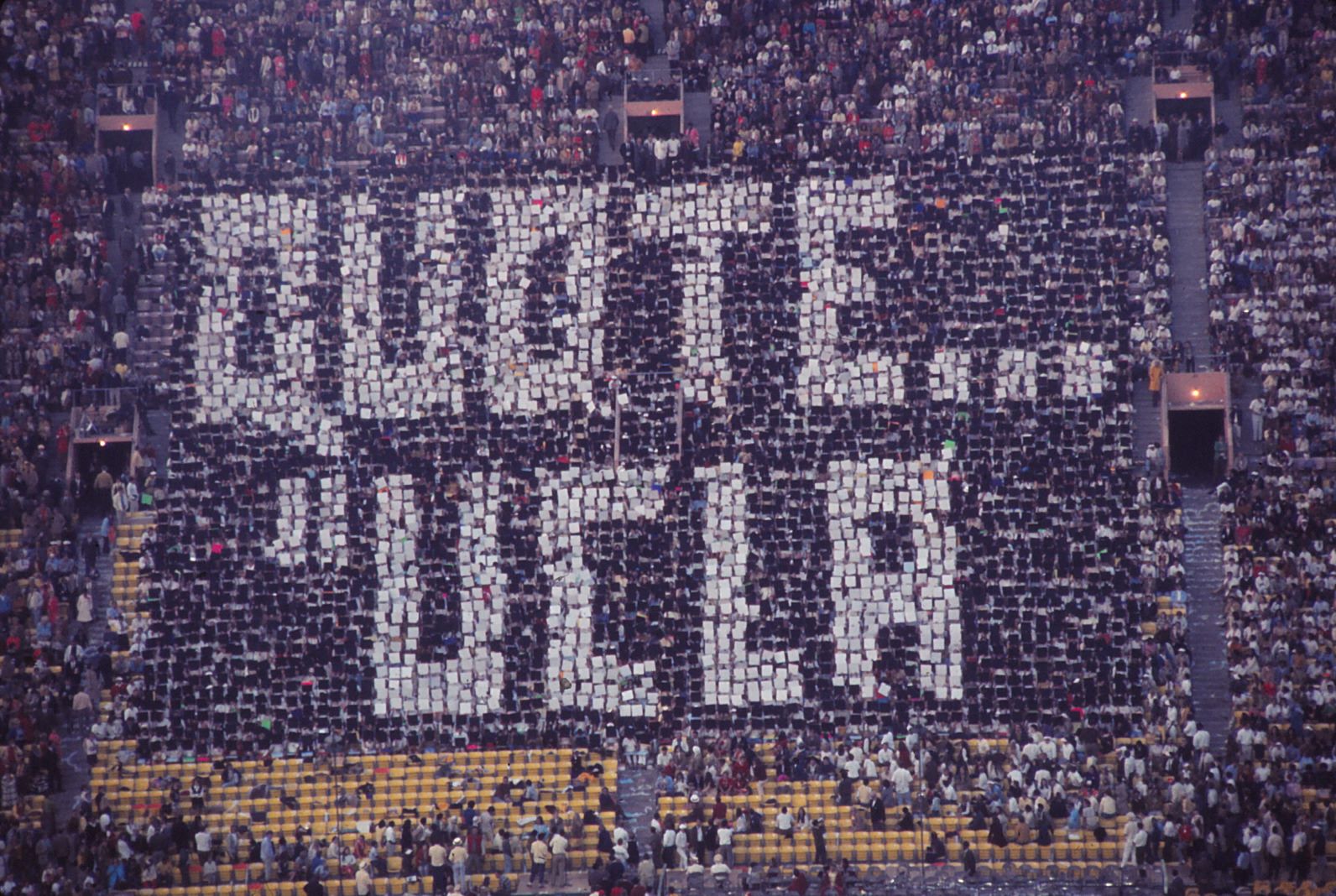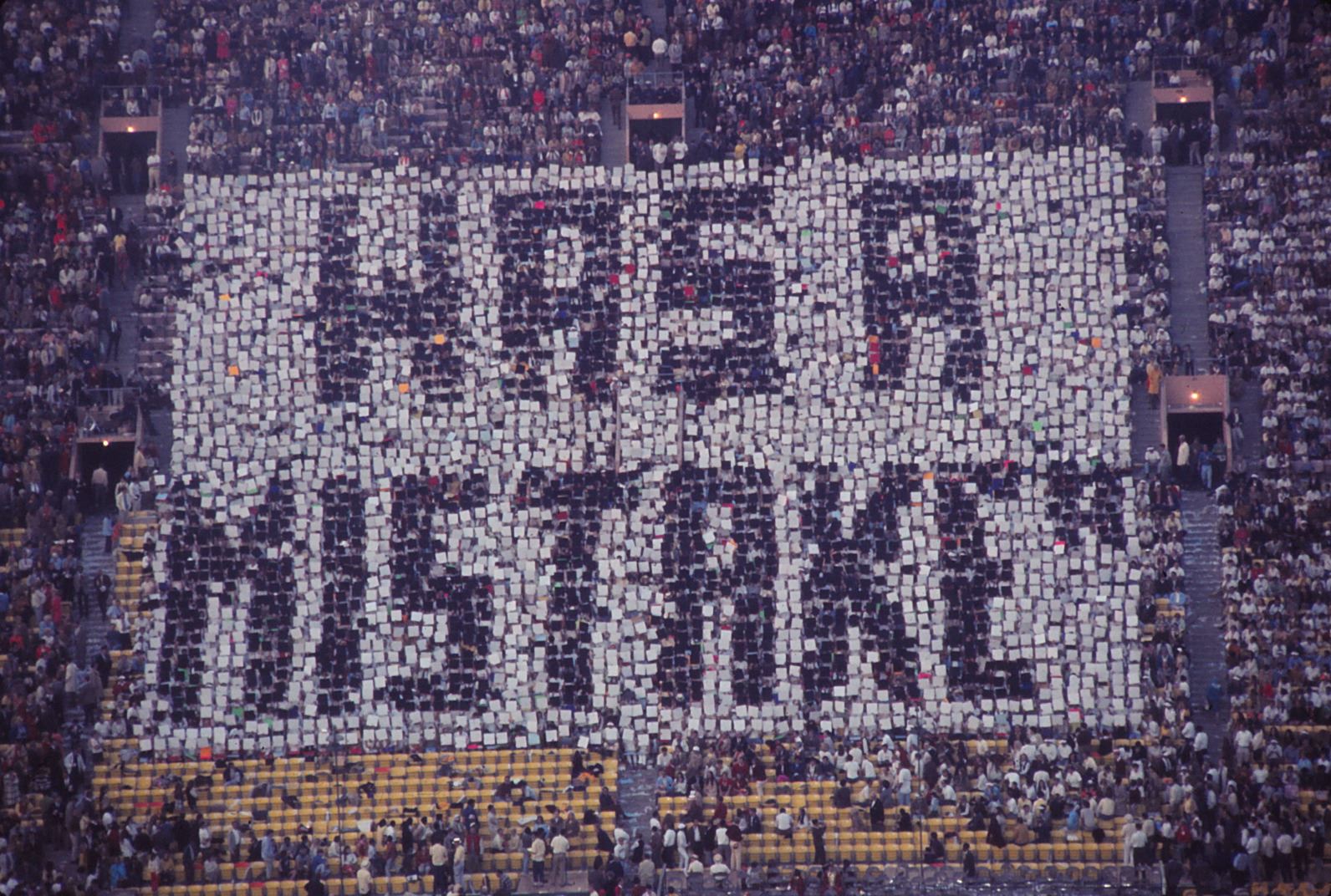Context: UCLA and USC are both in LA, easily turning them into rivals for most of their history. Trojan Knights member and previous Archivist MF describes the tradition of the Victory Bell and the Knights’ role in its folklore.
Main Piece: The origin of the Victory Bell was in 1939 when it was presented to UCLA from their alumni association as a gift. The UCLA spirit team would bring it to every game and would ring it after every point scored for the next few seasons. MF says that “this was back when USC and UCLA both used the Coliseum as their field, so some Knights pretended to be a part of their spirit team and they helped them load up the bell… and they got the keys and stole the bell.” After the Knights stole the bell for USC, they hid it around LA and made it a tradition so they could prevent UCLA from reclaiming it. The bell has supposedly been hidden in “a fraternity basement, Hollywood Hills, Santa Anna, and at one point under a haystack, kind of being hidden everywhere to try and keep UCLA from getting it back.”
The theft of the Victory Bell began a prank war between USC and UCLA. MF recounts that a UCLA student dropped manure from a plane onto USC campus. In retaliation, some USC students printed thousands of fake issues of UCLA’s weekly newspaper which praised USC. The students then replaced all of the real newspapers with their fake ones. The presidents of both universities realized the harm that the war was doing to the city and the student body, so they put an end to it by establishing an agreement that, at the rivalry game every year, whoever won would get the bell (and if there was a tie, whoever had it before would keep it). This was a peaceful resolution to the prank war, and it also renewed the Knights’ direct role in the tradition of the Victory Bell.
The Trojan Knights have the responsibility of bringing the bell onto the field and presenting it to the rival team whenever they play. They also keep the bell in hiding rather than in Heritage Hall, where USC stores its other trophies. The Victory Bell’s tradition was originally to keep it hidden, so MF stated that it would be inappropriate to flaunt it. As a part of the tradition of the bell’s transfer, Whenever USC gets it, they paint its frame Cardinal red, and when UCLA gets it, they strip the paint and paint it blue. In addition, whenever USC gets the bell, the Knights do a Bell Tour, where they bring it to every event they can, from other sports events to incoming student orientations.
Thoughts: The Victory Bell adds some legitimacy to the otherwise arbitrary importance of USC’s rivalry with UCLA. Because either school can take pride in a full year with the Victory Bell, it becomes a special kind of trophy that makes winning more exciting and losing all the more painful. I think that the Knight’s role in the tradition of the Victory Bell, though they may merely be its bearers, is an important one. They are still the organization at USC that interacts the most with its traditions, and their school spirit can be a unifying force for the whole student body.

